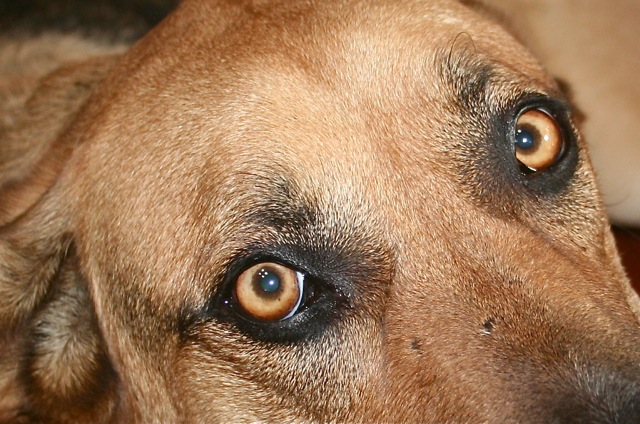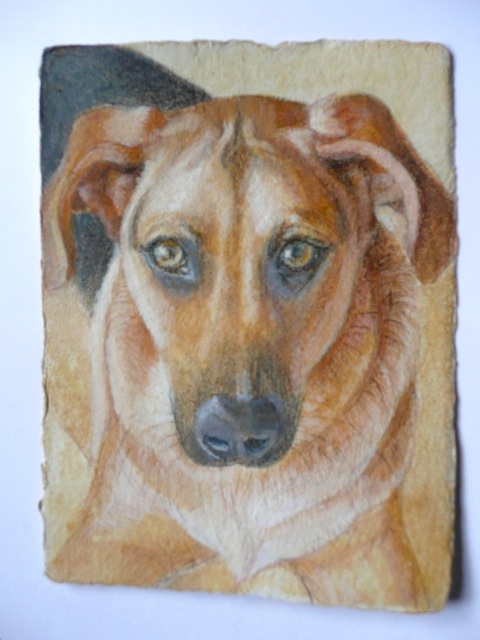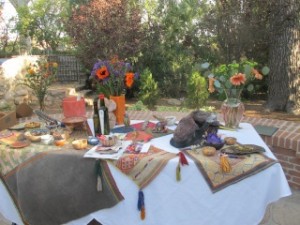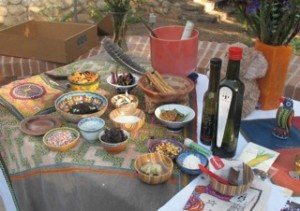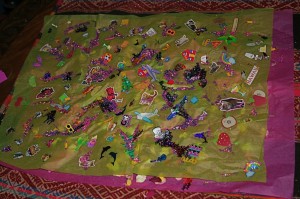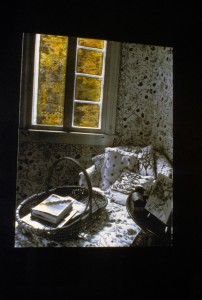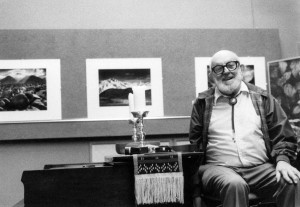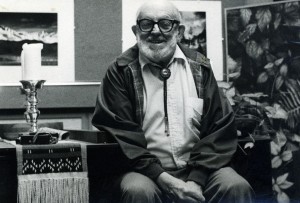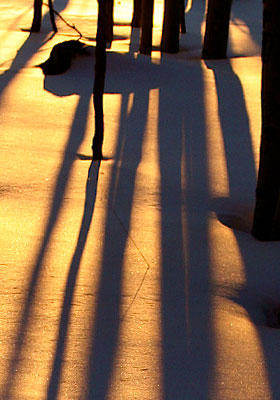The Hopi people we met in Arizona on a spiritual tour with Carla Woody (http://www.kenosis.net) allowed us to see and photograph a petroglyphic symbol of a blue star that appeared long ago, to signal their way home. The story they told us was that when they emerged through a sipapu or opening in the earth in northern Arizona, they met Masau, the guardian of the earth, who told them they could inhabit this world if they would abide by his instructions.
He told them to make migrations into the four directions, and after spreading far and wide he told them they would be signaled back to the place of their emergence.(http://en.wikipedia.org/wiki/Hopi_mythology) According to the Hopi records they inscribed into petroglyphs and according to their oral tradition, they migrated far into Alaska and Canada, west and east to the oceans, and south into Central America. Some of them stayed there and became the Mayans; others stopped in the pueblos on the way back and created communities there. When the blue star appeared, some of them knew if was time to return to Northern Arizona, the place of their emergence, and to form villages there. These are the ones we visited.
It’s a powerful story, and one that traditional Hopis believe is truth, not myth. They are still following their original instructions and living simple lives, planting corn (some of them still by hand, with a planting stick) and faithfully continuing their kiva ceremonies. When the faithful ones pass on, they join the katsina spirits, who live on the sacred San Francisco Peak, near Flagstaff. Every winter solstice they dance and do ceremony to welcome the katsinas back to the villages. Every summer solstice, they give them a ceremonial sendoff.
In the photo above, taken on Hopi land, you can see an ancient symbol of the migrations–three of them–in a spiral that took thousands of years. To the right, you see a person, and in the middle you see the blue star.
The Hopi have come home. Life at home is not easy for them. Promises have been broken and they have suffered and sacrificed. But they are staying true to what is central to them, what has heart and meaning. That is the place home is–not just a physical location.
Where is home for you? When you arrive at the center of your being, which I know you have, what signs do you have that this is your inner home? Even if there are uncomfortable things, sacrifices, even suffering that has been involved in you returning home, hasn’t it really been worth it? Isn’t it what life is all about?
What is the “blue star,” the signal that tells you it’s time to return to your real self, to cease your wanderings, to return to being the one you where when you emerged from the womb and the one you will be the day you pass from your body? Is there a call, a signal that tells you it’s time to make your way to the center again? How do you hear or see or feel that call?
Never feel lonely about being called to return. You know that even if it doesn’t seem like it when you’re out in the grocery store or at the movies, other people are wanting to return home as well. Every human, I believe, has a longing for this. And I, for one, am grateful to the Hopi people for reminding me that right here in our own back yard, we have an example of spiritual lives grounded in significance.



